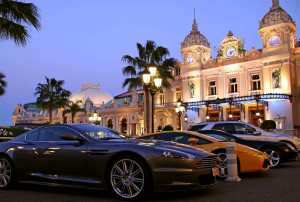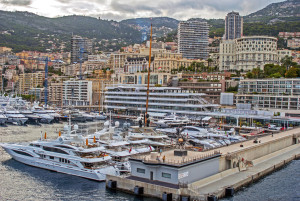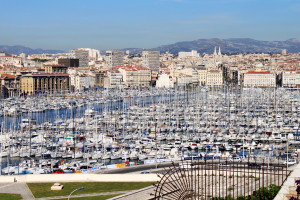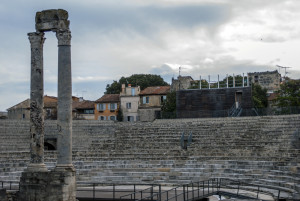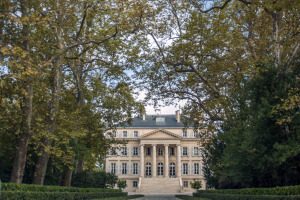Monte Carlo is situated at the base of the Maritime Alps along the French Riviera. Its name is of Italian origin meaning “Mount Charles,” in honor of the then-reigning prince, Charles III. Monaco is a sovereign city-state, governed under a constitutional monarchy, currently held by Prince Albert II (a constitutional monarchy is a form of government in which the monarch is legally restricted within the boundaries of a constitution). Monaco is the second smallest country in the world next to the Vatican, and is also the most densely populated country in the world (with a population of 36,950 citizens within an area of 1mi2).
The principality’s mild climate, beautiful scenery and gambling casinos, have contributed to Monaco’s status as a premier tourist destination and haven for wealthy escapees. Monaco levies no income tax on individuals, thus attracting a considerable number of affluent “tax refugee residents” from European countries… who derive the majority of their income from activity outside of Monaco (ie: Ringo Starr). Monte Carlo is host to the Circuit de Monaco racetrack, on which the Formula One Monaco Grand Prix takes place. The lavish Casino de Monte-Carlo has been featured in numerous films, such as the James Bond series and Alfred Hitchcock’s To Catch A Thief, starring Cary Grant and Grace Kelly – the then future Princess of Monaco. There is a scene in To Catch A Thief, when Grace Kelly drives her car very fast and dangerously along the steep winding roads of Monaco – a sad coincidence to her actual death in 1982.










